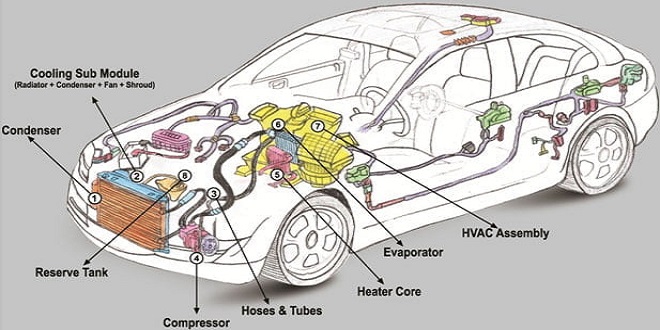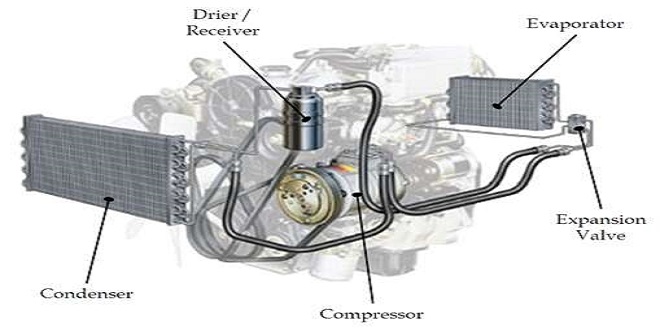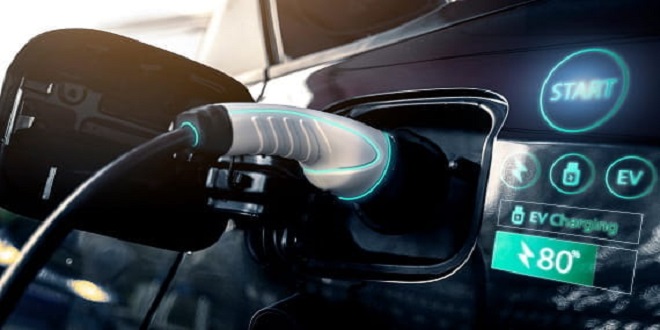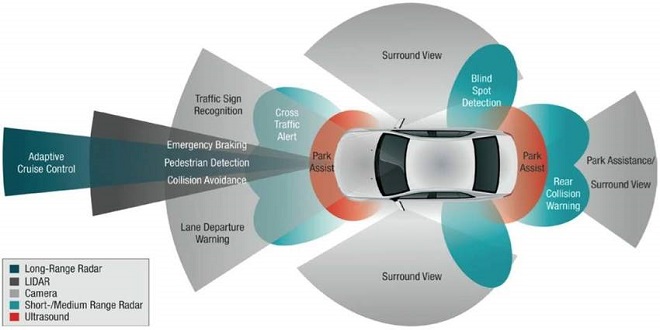Airbags and belt tensioners Security-coded ECUs
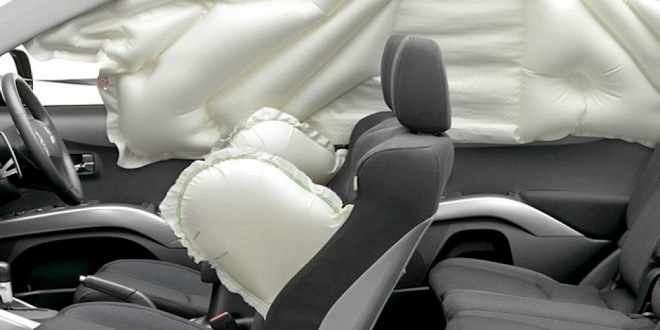
Introduction
A seat belt, seat belt tensioner, and an airbag are, at present, the most effective restraint system in the event of a serious accident. At speeds in excess of 40 km/h the seat belt alone is no longer adequate. Research after the number of accidents has determined that in 68% of cases an airbag provides a significant improvement. It is suggested that if all cars in the world were fitted with an airbag then the number of fatalities annually would be reduced by well over 50 000.
Some airbag safety issues have been apparent in the USA where airbags are larger and more powerful. This is because in many areas the wearing of seatbelts is less frequent. The method becoming most popular for an airbag system is that of building most of the required components into one unit. This reduces the amount of wiring and connections, thus improving reliability. An important aspect is that some form of system monitoring must be built-in, as the operation cannot be tested – it only ever works once. shows the airbags operating in a Peugeot.
Operation of the system
The airbag is made of a nylon fabric with a coating on the inside. Prior to inflation the airbag is folded up under suitable padding that has specially designed break lines built-in. Holes are provided in the side of the airbag to allow rapid deflation after deployment. The driver’s air has a volume of about 60 liters and the passenger airbag about 160 liters.
A warning light is used as part of the system monitoring circuit. This gives an indication of a potential malfunction and is an important part of the circuit. Some manufacturers use two bulbs for added reliability.
Consideration is being given to the use of a seat switch on the passenger side to prevent deployment when not occupied. This may be more appropriate to side-impact airbags mentioned in the next section. The pyrotechnic inflate and the igniter can be considered together. The inflate in the case of the driver is located in the center of the steering wheel. It contains a number of fuel tablets in a combustion chamber. The igniter consists of charged capacitors,
The crash sensor can take a number of forms; these can be described as mechanical or electronic. The mechanical system works by a spring holding a roller in a set position until an impact above a predetermined limit, provides enough force to overcome the spring, and the roller moves, triggering a micro switch. The switch is normally open with a resistor in parallel to allow the system to be monitored. Two switches similar to this may be used to ensure the bag is deployed only in the case of sufficient frontal impact. Note that the airbag is not deployed in the event of a rollover.
Side airbags
Airbags working on the same techniques to those described previously are being used to protect against side impacts. In some cases, bags are stowed in the door pillars or the edge of the roof. Figure 16.36 shows this system. shows a full seat belt and airbag system used by Ford.
Last word
The development of these algorithms is based on computer simulations but digital systems can also remember the events during a crash, allowing real data to be collected.

